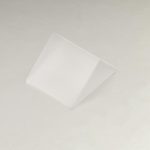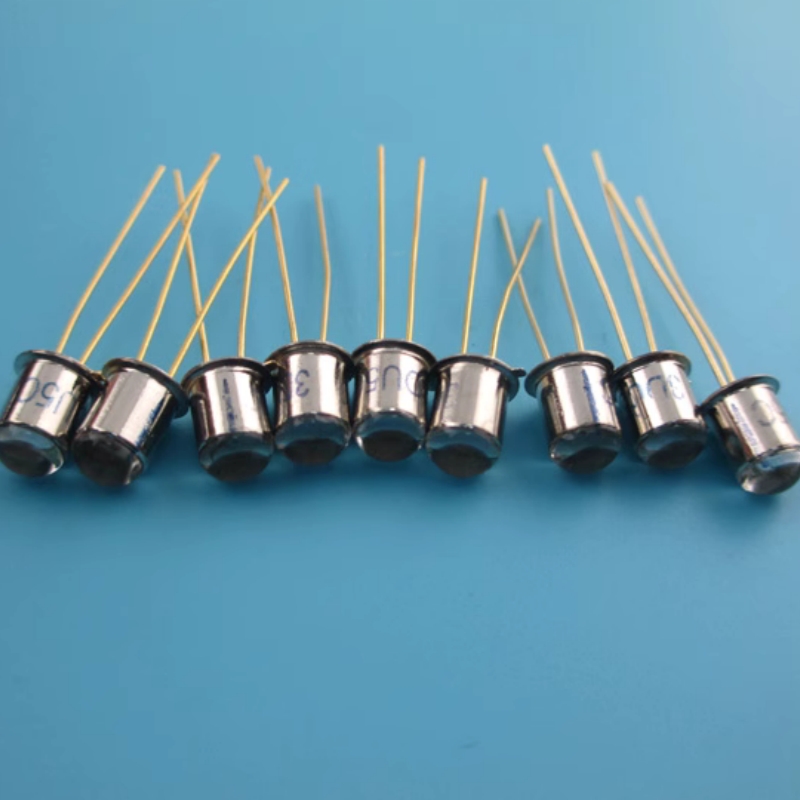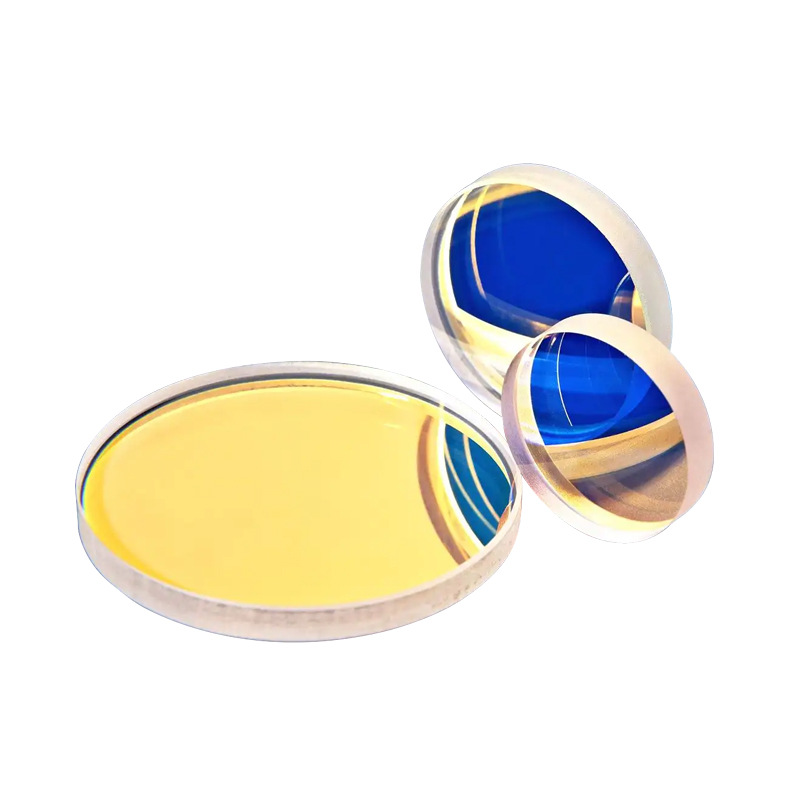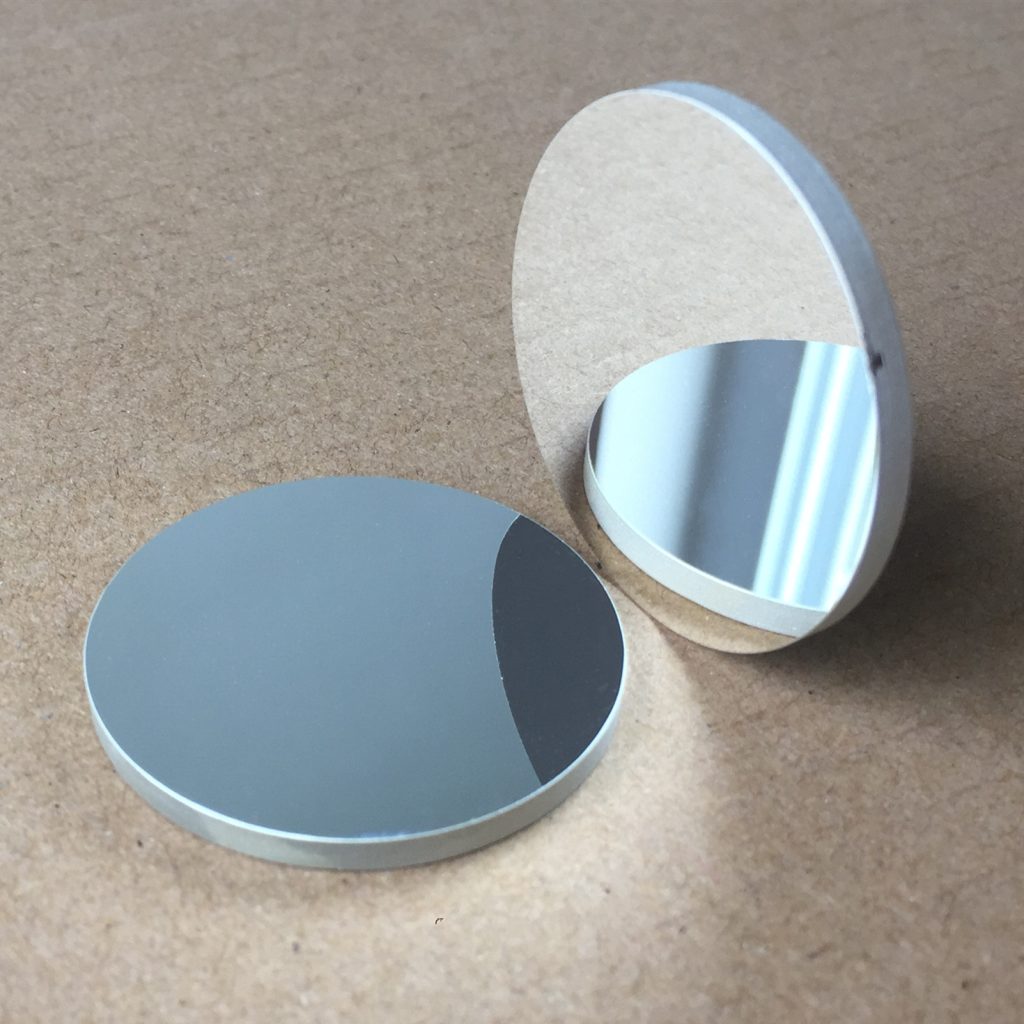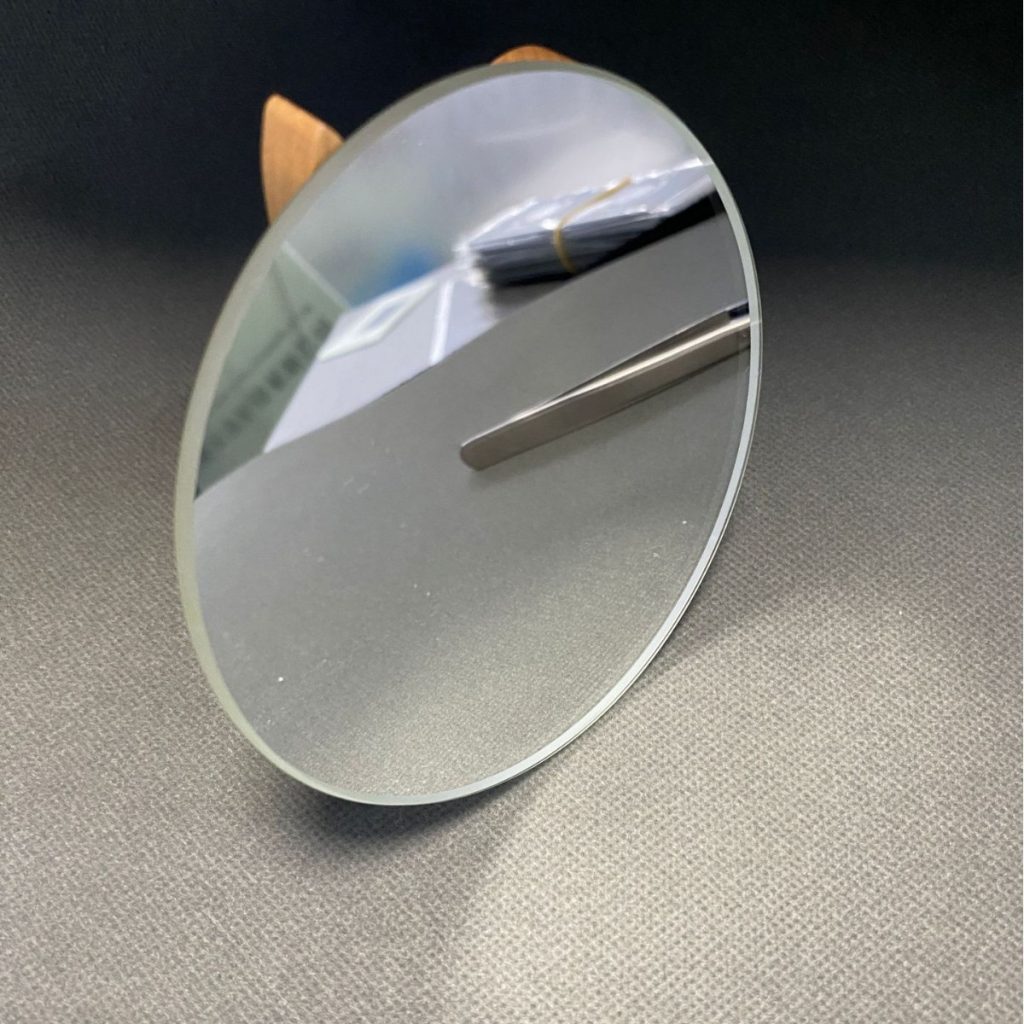Calcium fluoride right-angle prism is a high-performance optical component designed for superior ultraviolet and infrared transmission, minimal dispersion, and excellent thermal stability. Manufactured from high-purity CaF₂, it offers outstanding optical clarity, durability, and resistance to environmental degradation. This prism is widely used in spectroscopy, laser systems, aerospace applications, and precision scientific instruments. Its right-angle design ensures optimal light reflection and redirection, making it an essential component in advanced optical assemblies.
Product Overview
The Calcium Fluoride right-angle prism is a widely used optical component, often employed to redirect light paths or deflect images formed by optical systems by 90°. Calcium Fluoride (CaF₂) offers excellent optical properties, particularly high transmission in the ultraviolet (UV) and infrared (IR) spectra. It possesses low absorption, high transmission, and low dispersion, making it highly suitable for use in high-precision optical systems.
The prism is manufactured using high-precision processing and polishing techniques to ensure optimal optical performance and surface quality. It is ideal for applications requiring high stability and accuracy, particularly in laser systems and spectrometers. It should be noted that Calcium Fluoride is somewhat brittle and sensitive to thermal shock, so special care should be taken during use.
Key Features
- High Transmission: Calcium Fluoride provides excellent light transmission across its operational wavelength range, especially in the UV and IR regions.
- Low Absorption & High Damage Threshold: Its low absorption makes it highly effective in high-energy laser applications.
- Low Dispersion & Fluorescence: With a low dispersion (Abbe number of 95) and minimal fluorescence, Calcium Fluoride is ideal for high-precision optical systems.
- Chemical and Thermal Resistance: Offers good resistance to water, chemicals, and has better thermal stability, making it suitable for harsh environments.
- Brittleness & Thermal Sensitivity: Sensitive to high temperatures and thermal shock. It should not be exposed to temperatures exceeding 600°C during use.
Applications
- Laser Technology: Widely used in free-space laser systems, particularly for UV and IR laser applications.
- Spectroscopy: Plays a significant role in ultraviolet and infrared spectroscopic analysis.
- Optical Instruments: Used in optical systems for light path redirection, beam splitting, and combining, enhancing system precision and stability.
- IR & UV Windows: Serves as a high-transmission window material for IR and UV measurement devices, providing clear optical windows.
- Coating Treatments: Enhanced with various coating processes (such as lap polishing, CNC polishing) to improve optical performance and ensure data accuracy in optical systems.
| Optical Property | Value |
| Transmission Range | 0.13-10 μm |
| Transmittance | >94%@193nm-7.87μm |
| Refractive Index | 1.4288@2.5μm, 1.39908@5μm |
| Reflection Loss | 5.4%@5μm (both surfaces) |
| Absorption Coefficient | 7.8×10⁻⁴@2.7μm |
| Structure | Cubic Crystal System |
| Cleavage Planes | <111 |
| Physical Property | Value |
| Density | 3.18 g/cm³ |
| Melting Point | 1420 ℃ |
| Thermal Conductivity | 9.71 W/(m·K) @ 293K |
| Thermal Expansion | 18.5×10⁻⁶/K @ 273K |
| Knoop Hardness | 158.3 kg/mm² |
| Specific Heat Capacity | 854 J/(kg·K) |
| Dielectric Constant | 6.76 @ 1 MHz |
| Young's Modulus | 75.8 GPa |
| Shear Modulus | 33.77 GPa |
| Bulk Modulus | 82.71 GPa |
| Poisson's Coefficient | 0.26 |
| Chemical Property | Value |
| Solubility | 0.016 g/L @ 20℃ |
| Molecular Weight | 78.0748 g/mol |
Submit Your RequirementsWe will contact you within 24 hours.
 WOBO Scientific Research New Materials One-Stop Service Platform
WOBO Scientific Research New Materials One-Stop Service Platform





